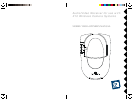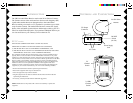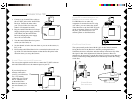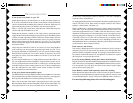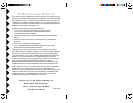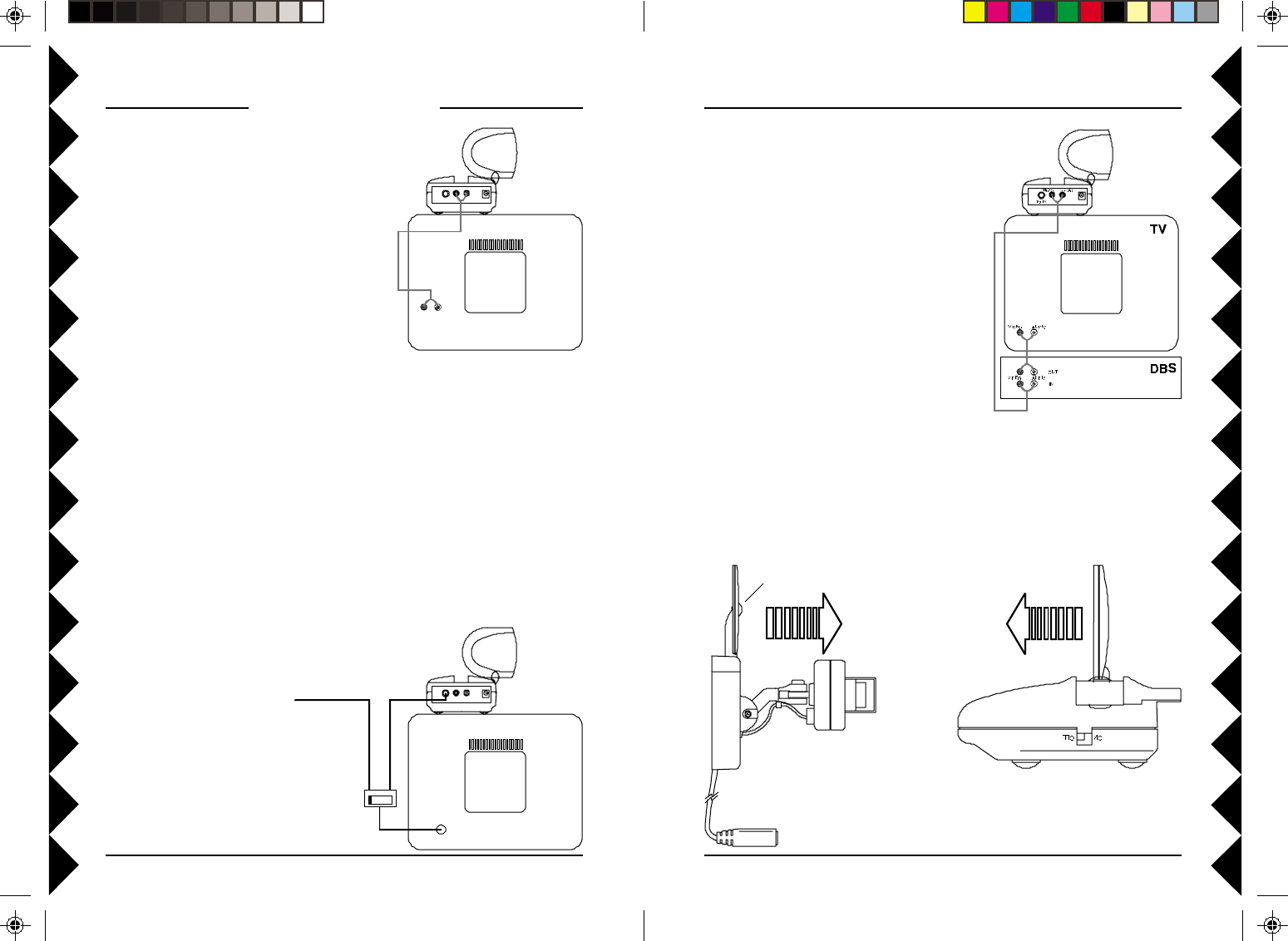
55
55
5
44
44
4
IF YOUR TV IS ALREADY HOOKED UP TO A
DBS RECEIVER OR OTHER A/V DEVICE
If a DBS Receiver or other A/V
component is connected to the TV using
A/V cables, you can connect the Audio/
Video Receiver to the free LINE IN jacks
on the component. If there are no LINE
IN jacks, you will need to use a TV
antenna splitter as described earlier.
1. Connect a set of Audio/Video cables to
the A/V OUT jacks on the Audio/Video
Receiver. Connect the other end to
your TV (use Yellow for video, and
either L or R channel for audio).
2. Plug the Audio/Video Receiver's Power
Supply jack (the power supply with NO
code wheels) into the Audio/Video
Receiver and plug the power supply
into a 120 volt wall outlet.
3. Turn the Audio/Video Receiver's power
switch (on side of unit) on.
4. Set the channel switch to the same letter as you set on the camera, A,
B, C, or D.
5. Position the Audio/Video Receiver in a convenient location such as on
top of the TV and orient the antenna so that the flat side points in the
direction where you set up the Camera.
IF YOUR TV DOES NOT HAVE A/V CONNECTORS
You can use the supplied coaxial cable to connect the TV OUT socket on
the Audio/Video Receiver to the Antenna input on your TV.
TO TV
AUDIOVIDEO
AUDIO
VIDEO
TV
TO TV AUDIOVIDEO
TV
12
UHF/VHF
ANTENNA
TOTV
ANTENNA
CONNECTING UP
The system usually works best with the "pip" on the Camera's antenna
facing the flat side of the Receiver's antenna (see diagram below).
Sometimes, however, reflections and other effects in the home may affect
the signal so that some adjustment of either the Camera or Receiver
antenna may be necessary to get the best signal. If you have more than one
Camera, sometimes pointing the Receiver's antenna up towards the ceiling
works best.
CAMERA/SENDER
SOLD SEPARATELY
VIDEO RECEIVER
pip
If you already have an
antenna connected to
your TV, you will need to
use a TV antenna
splitter. Set your TV and
the TV Channel switch
on the Audio/Video
Receiver (on bottom) to
the same channel (3 or
4).
FINE TUNING YOUR SYSTEM



